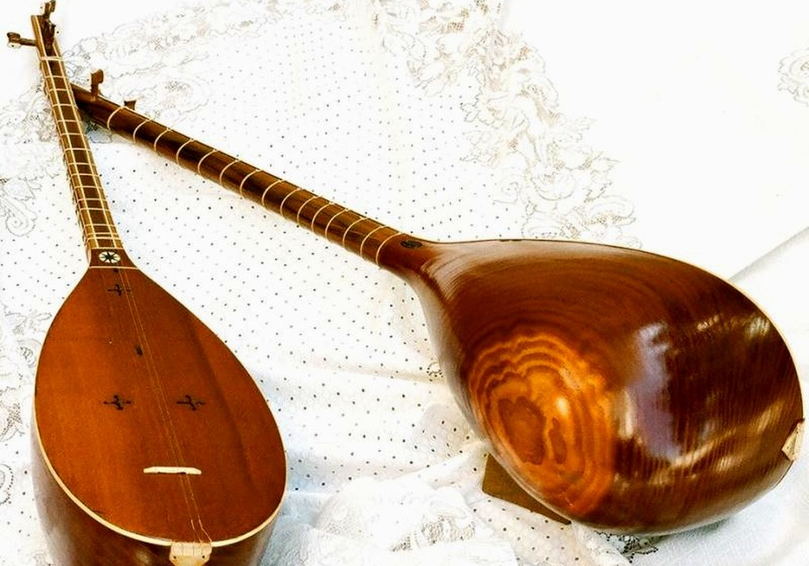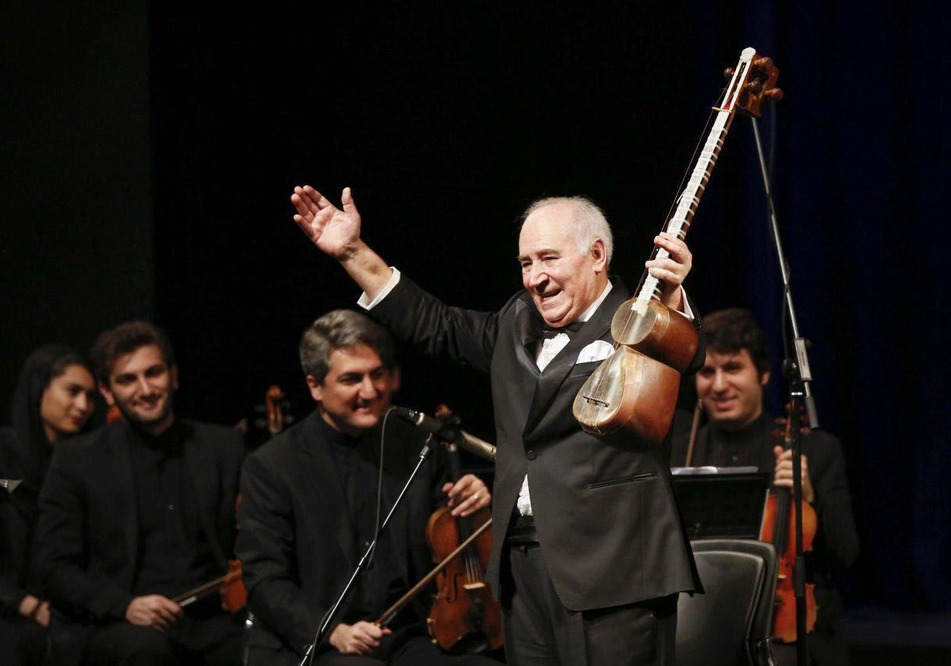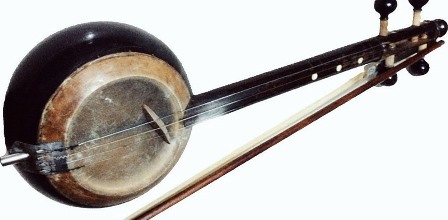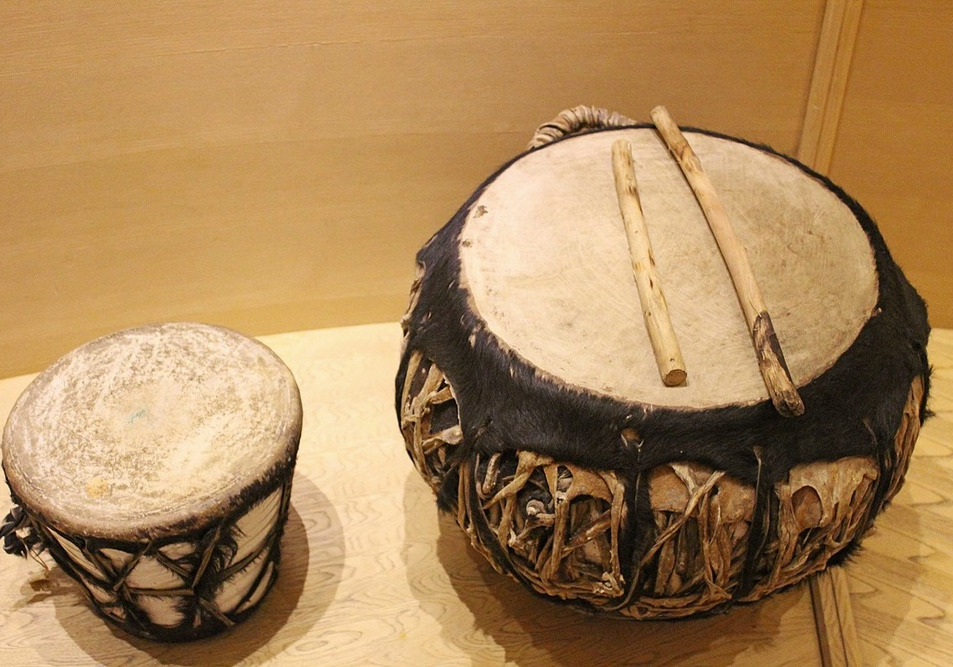
Belur Instrument of Lak Music
Belur Instrument of Lak Music
Belur, which is also called “shepherd’s reed”, is one of the musical instruments used by the Lak people. In the Lak dialect, “Lure” means song. The Laks call one of the styles of singing “Hureh Khwani” “Lureh Lureh” and the mother’s lullabies, which are inspired by it are called “Luveh Luveh”. Even the baby’s cradle is called “Hal-lureh-ki” in the Lak dialect. The suffix “b” before the name of this instrument, gives it a subjective form and, thus, Belur may be interpreted as “the singing object”.
History and Importance of Belur
Belur is one of the most important musical instruments of Lak-populated regions of Iran, which covers a significant part of the repertoire of Lak music. Playing this instrument does not require much training and, therefore, it is very popular among the Lak people.
Belur has a long history. Belurs made from the wings of birds such as eagles and vultures have been discovered in Delfan and Khaveh regions, which are several thousand years old. The Lak people call the eagle “Khosh” and since the eagle bone was sometimes used to make it, Belur is also called “Khoshmeh”.
With the changes that have occurred in the shape and structure of Belur, some other instruments have also been created in the course of history. According to researchers, “Dozaleh” in Ilam and “Ney-anban” in southern Iran were inspired by Belur.
Features of Belur
“Ney” can be considered the closest relative of Belur, which is a wind instrument that has a special way of sounding, such that it can be described as a native flute. Most Lak shepherds play Belur in their privacy while taking their flocks for grazing. Thus, Belur can be described as the companion of shepherds’ loneliness; the companion that breaks the endless silence of the plains and makes the passing of time enjoyable for them.
Belur has a simple structure and making it is very easy. The simplicity of the instrument has made it accessible to everyone and become a foundation for learning more complex wind instruments. This instrument has six holes and one tab. In terms of structure, two parts can be seen in it: first, a Ney with a length of approximately 16 cm and a diameter of about one cm, and second, a tab, which is inserted into one side of the Ney and by blowing on it, they create the tunes. At the same time, the six fingers of the musician are placed on the holes and different notes are produced by controlling the air coming out of them.
Simple techniques are used to play the Belur. Blowing in this instrument is done in a special way that can be practiced by blowing into a hollow reed without a tab. Placing fingers on the instrument, through which notes are produced, is another technique used in this instrument that can be learned with a little practice.
Like many other local instruments, Belur is used in special ethnic ceremonies. The musical maqams that are played with Belur are not too many. Belur is mostly used in happy programs and entertainment gatherings and is never used in mourning ceremonies. There is a musical maqam popular among the shepherds known as “Fataei”, which is sometimes accompanied by a dance. Some rhythms and songs can also be performed with Belur, which cannot be referred to as “maqam”. In comparison to Sorna, Belur has limited possibilities in playing these rhythms, and therefore, it is less used in performances that are usually made with several musical instruments.
Making and playing Belur, which is widespread in Lorestan, Ilam, Hamedan, and Kermanshah provinces, were inscribed on the list of Iran’s intangible national heritage in the year 2018.
Belur is one of the most important musical instruments of Lak-populated regions of Iran, which covers a significant part of the repertoire of Lak music. Playing this instrument does not require much training and, therefore, it is very popular among the Lak people.
| Name | Belur Instrument of Lak Music |
| Country | Iran |
| Type | Windy |
| Works | folk music |
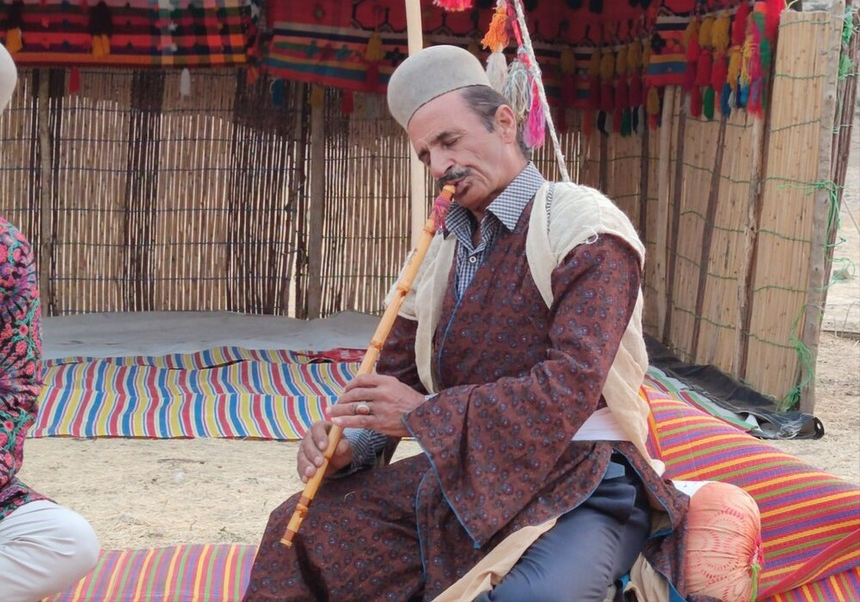
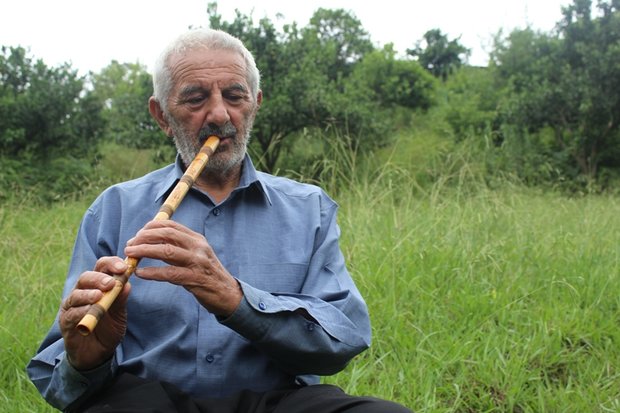
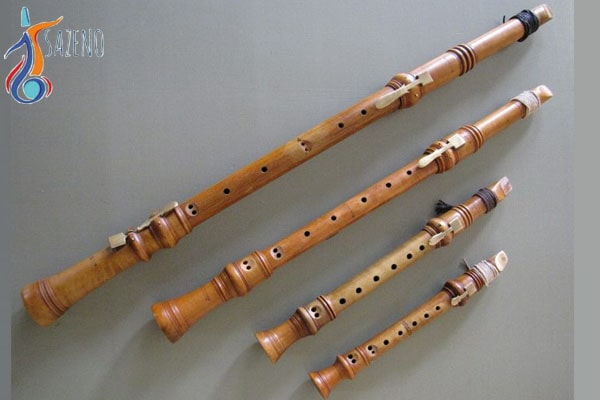



Choose blindless
Red blindless Green blindless Blue blindless Red hard to see Green hard to see Blue hard to see Monochrome Special MonochromeFont size change:
Change word spacing:
Change line height:
Change mouse type:

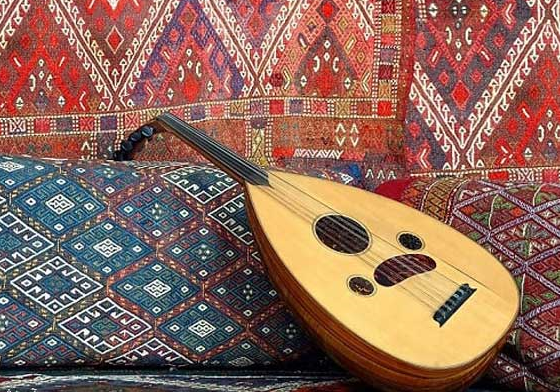

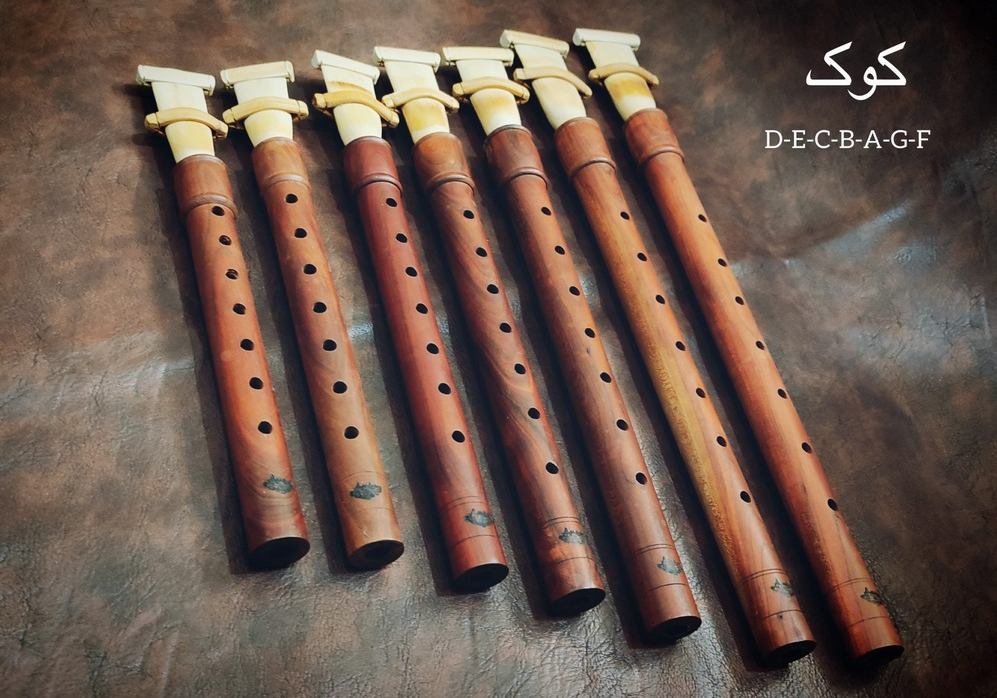

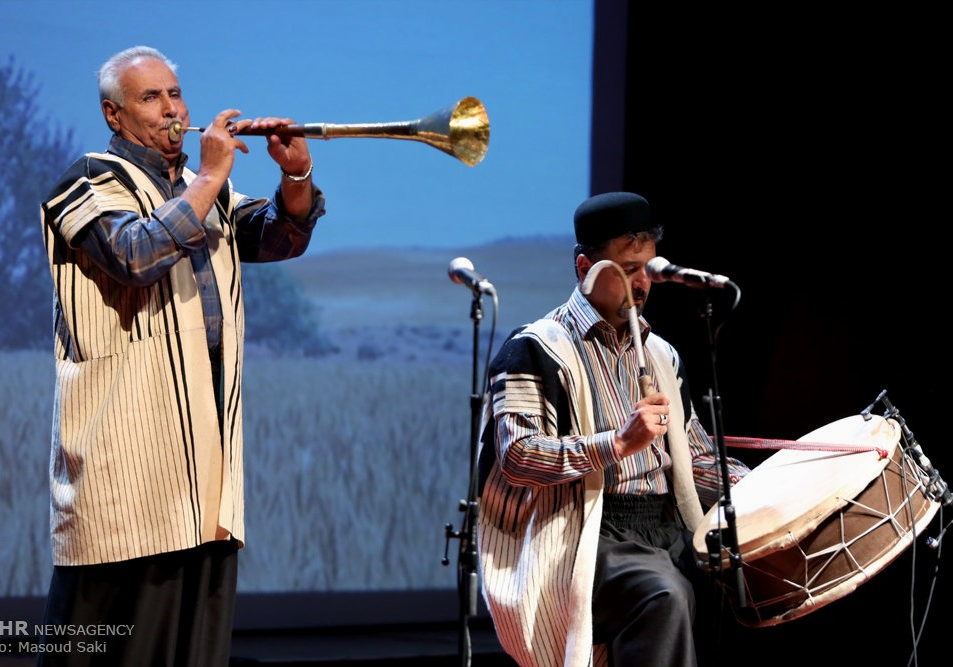

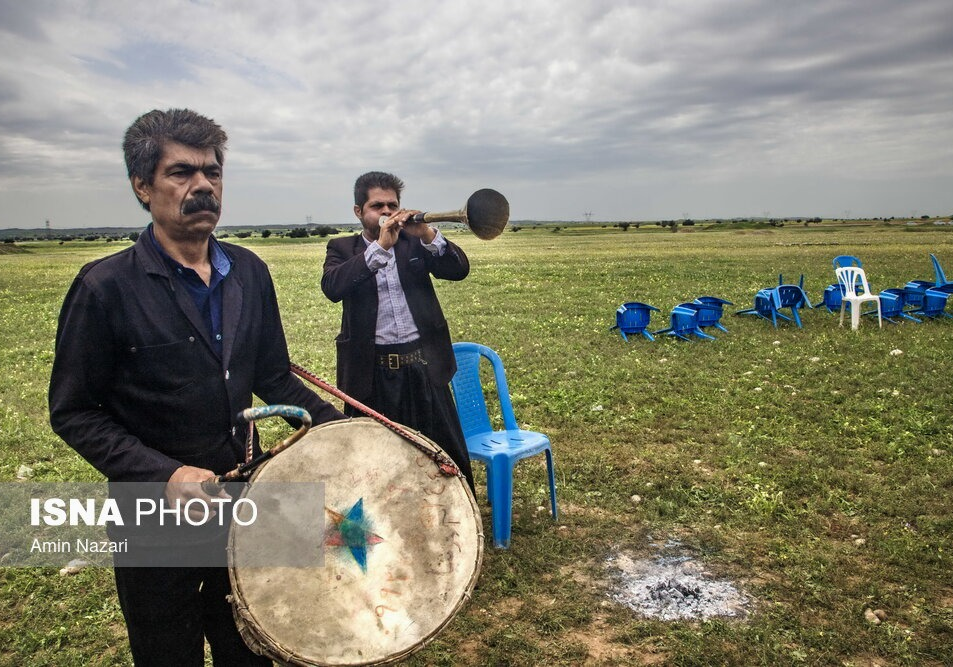
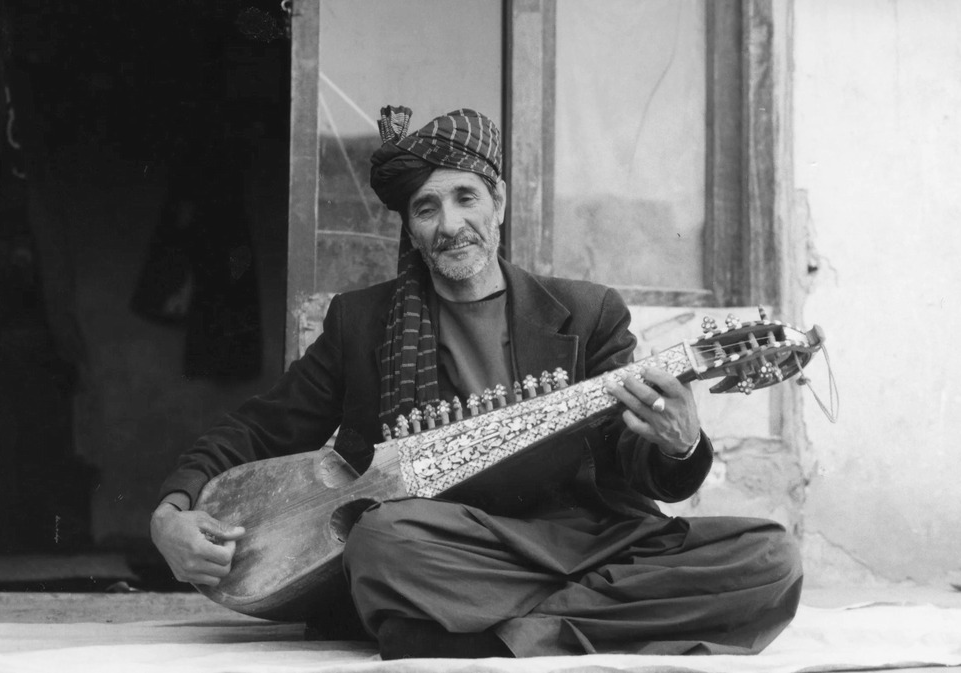
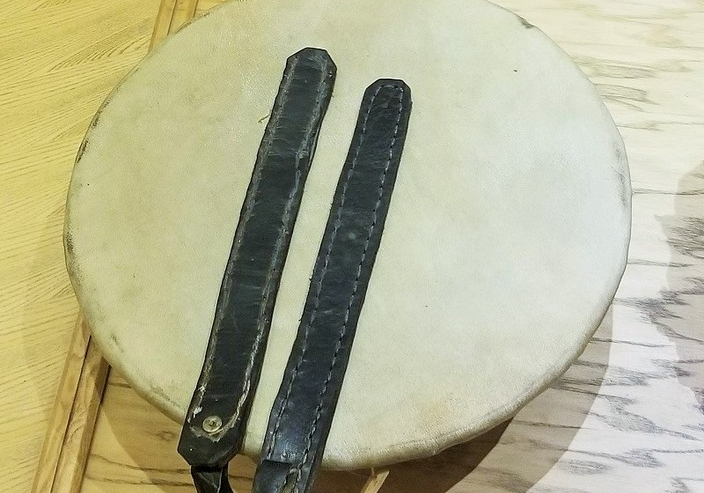
.jpg)
